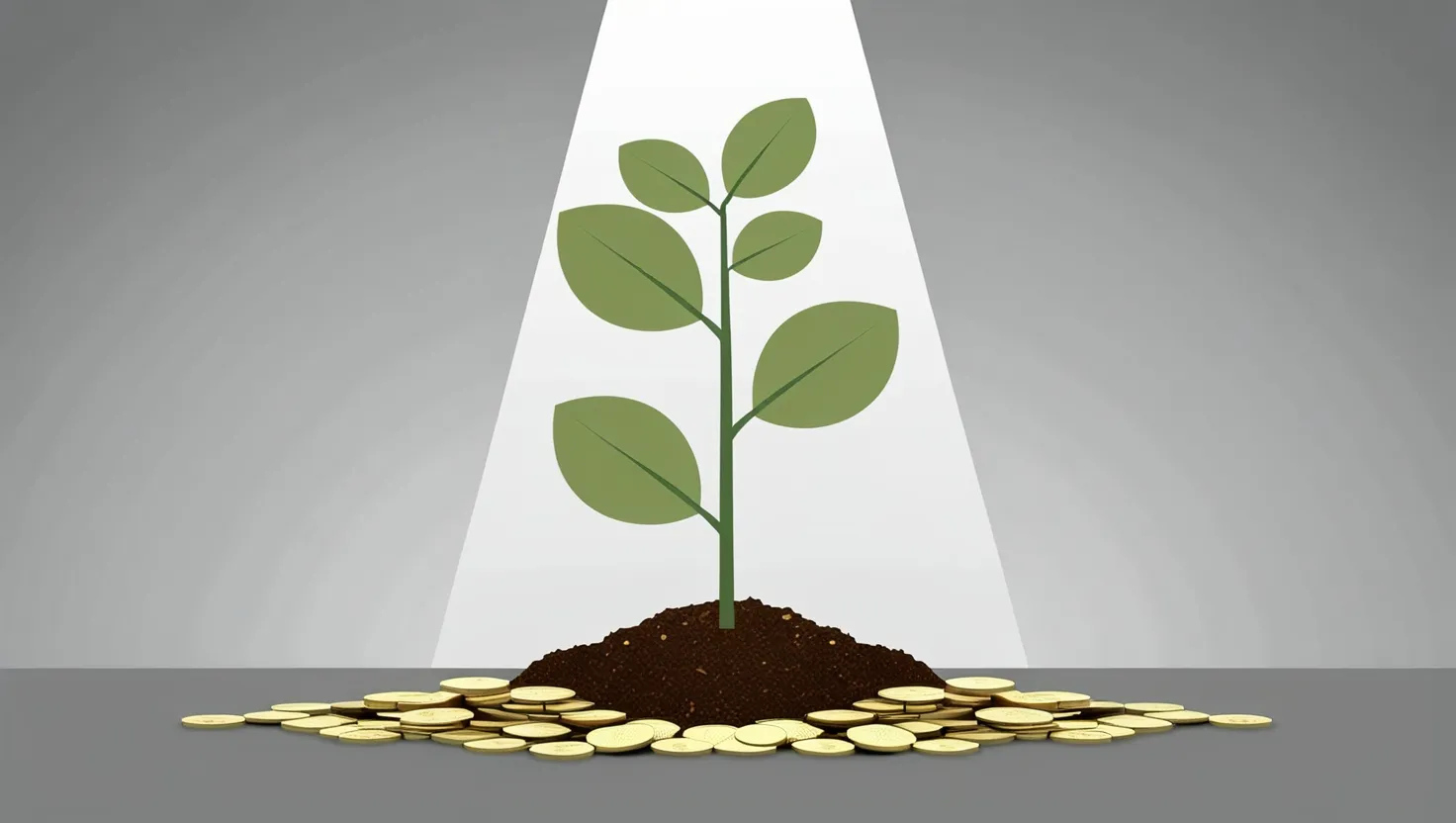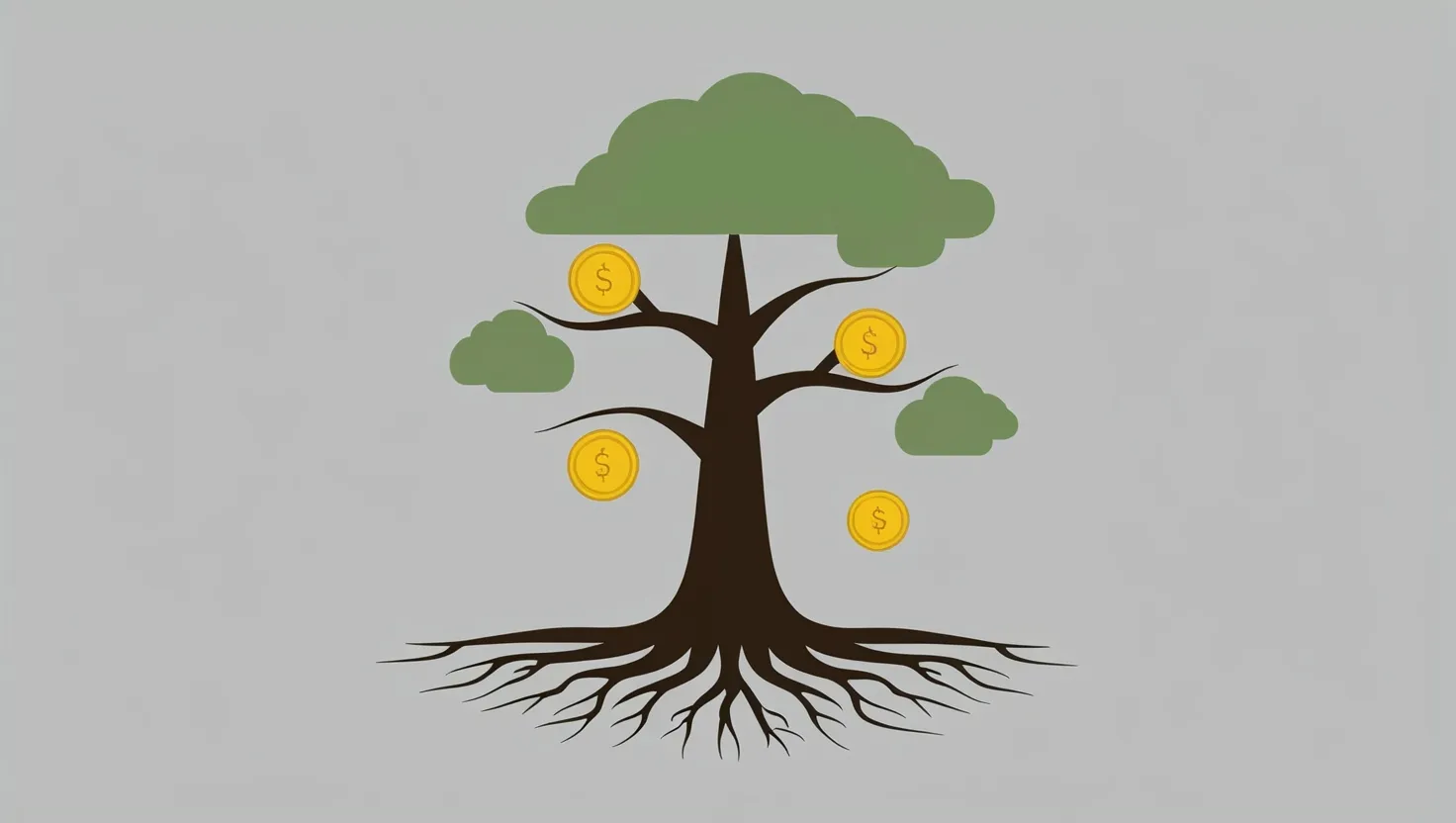Micro-Budget Techniques for Building Wealth on Any Income
Building wealth doesn’t require a six-figure salary. The truth is that financial growth comes from smart habits and consistent actions rather than large income. I’ve discovered that small, daily financial choices create the foundation for lasting wealth. Let’s explore practical techniques that can help anyone build wealth, regardless of their current income level.
Have you ever wondered how some people manage to build substantial savings on modest incomes? The secret often lies in micro-budget techniques - small, manageable financial habits that compound over time.
“It’s not how much money you make, but how much money you keep, how hard it works for you, and how many generations you keep it for.” - Robert Kiyosaki
The journey to financial stability begins with zero-based budgeting. This approach requires assigning every dollar of income a specific purpose before the month begins. Unlike traditional budgeting, which might leave money unallocated, zero-based budgeting creates intentionality with your finances. I track my spending in a simple format that accounts for every dollar:
Monthly Income: $3,000 Fixed Expenses: $1,800 Savings: $300 Debt Payment: $500 Discretionary: $400 Remaining: $0
This method prevents money from disappearing without purpose and helps identify areas where spending can be optimized. The clarity it provides becomes the foundation for all other wealth-building techniques.
The 24-hour rule has transformed my spending habits. For any purchase over $50, I wait at least 24 hours before buying. This simple pause eliminates impulsive purchases that drain resources from wealth-building goals. During this waiting period, I ask myself: “Is this purchase aligned with my financial priorities?” Often, the initial desire fades, revealing that many purchases are driven by momentary emotions rather than genuine need.
Have you implemented any waiting periods for your purchases? How has it affected your spending patterns?
Creating separate bank accounts for specific financial goals prevents what behavioral economists call “mental accounting errors.” When money sits in a general account, we tend to view it as available for spending. By establishing dedicated accounts for emergency funds, vacation savings, retirement contributions, and other goals, we create psychological barriers that reduce the temptation to spend.
I maintain five accounts: everyday expenses, emergency fund, vacation fund, retirement contributions, and home maintenance. This separation makes my financial goals tangible and prevents the common mistake of dipping into savings for non-essential purchases.
“Do not save what is left after spending, but spend what is left after saving.” - Warren Buffett
Expense cycling provides a sustainable approach to reducing costs. Instead of trying to cut all expenses simultaneously - which often leads to burnout - I focus intensely on reducing one category each month. For example, January might focus on lowering grocery bills through meal planning and strategic shopping. February could target entertainment expenses by finding free or low-cost alternatives. This rotating focus creates permanent habits without the exhaustion of addressing all expenses at once.
Cash-back stacking generates investment capital from existing expenses. By combining credit card rewards, shopping portals, and rebate apps, everyday purchases become mini-investment opportunities. For example, buying necessary items through a cash-back portal (2%) using a rewards credit card (2%) and submitting receipts to rebate apps (1-5%) can generate 5-9% returns on money you would spend anyway.
The key is directing these small windfalls directly to investments rather than treating them as extra spending money. Even $20-30 monthly adds up to significant investments over time.
Automated micro-investing removes the psychological barriers to investing. Many apps now round up purchases to the nearest dollar and invest the difference. These systems make investing effortless by working in the background of daily life.
I started with just $5 weekly automatic transfers plus spare change round-ups. This approach felt painless compared to larger investments, but the consistency built momentum. Financial platforms like Acorns, Robinhood, and Stash have democratized investing by allowing people to start with minimal amounts.
What small amount could you automatically invest each week without noticing its absence from your budget?
Developing specific income streams dedicated solely to investment funding creates powerful wealth-building momentum. This could be a side business, freelance work, or even selling unused items. The psychological benefit comes from separating this income from regular expenses.
I created a weekend photography business with a simple rule: 100% of profits go directly to investments. Since this money never enters my regular budget, I never experience the sense of sacrifice that sometimes accompanies investing. This mental separation makes consistent investing much easier.
Building financial flexibility through rolling monthly expense reviews identifies and eliminates unnecessary costs. Each month, I challenge myself to find at least one expense that can be reduced or eliminated. This might be a subscription I rarely use, a service I could get for less, or a habit that costs more than it’s worth.
The power of this technique comes from its compound effect. Cutting just $20 monthly saves $240 annually. When invested over 30 years at a 7% return, that single $20 reduction grows to approximately $24,000. Now imagine finding one such expense every month for a year.
“The habit of saving is itself an education; it fosters every virtue, teaches self-denial, cultivates the sense of order, trains to forethought, and so broadens the mind.” - T.T. Munger
These micro-budget techniques work because they focus on small, sustainable changes rather than dramatic financial restrictions. They recognize the psychological reality that most people struggle with major lifestyle changes but can successfully implement minor adjustments.
For those with low incomes, these techniques offer a practical path to wealth-building that doesn’t require substantial financial sacrifice. Each small win builds momentum and confidence for larger financial goals.
I’ve found that tracking progress visually reinforces these habits. A simple spreadsheet or app that shows the growth of savings and investments provides motivation during challenging periods. Seeing how small contributions compound over time reminds us that consistency matters more than amount.
Have you considered how your small financial habits might compound over the next five or ten years?
Setting realistic wealth goals on a small budget provides direction and motivation. These goals might include building an emergency fund of a few hundred dollars initially or saving a small percentage for retirement. Even modest targets create progress toward financial independence.
Smart money habits like automating savings can help reduce the temptation to spend. Setting up automatic transfers from checking to savings accounts on payday ensures consistent saving without requiring constant willpower. This method creates a financial buffer that grows quietly in the background while supporting long-term wealth accumulation.
Reducing high-interest debt represents another powerful micro-technique. Focusing on paying down debts with the highest interest rates first, such as credit cards, frees up more money for saving and investing. Additionally, improving your credit score can lower borrowing costs for major future purchases.
“Financial peace isn’t the acquisition of stuff. It’s learning to live on less than you make, so you can give money back and have money to invest.” - Dave Ramsey
Investing gradually, even in small amounts, can significantly enhance wealth over time. Starting with low-cost investment options like index funds provides diversified exposure to the market while keeping fees minimal. The power of compound returns helps even modest investments grow substantially over decades.
Taking advantage of tax benefits supports wealth-building efforts. Contributing to retirement accounts like a 401(k) or IRA can provide tax advantages that effectively increase your investment returns. These benefits create more room for saving and investing even on tight budgets.
High-yield savings accounts offer another simple wealth-building starting point. Unlike standard accounts, these earn significantly higher interest rates, meaning your money works harder without additional effort on your part. Many online banks now offer these accounts with no minimum deposit requirements.
What’s your current savings rate, and could you increase it by just 1% this month?
Remember that building wealth on a small budget takes commitment but isn’t impossible. Setting aside even 5% of income creates momentum that grows over time. Each of these micro-techniques builds upon the others, creating a comprehensive approach to financial growth that works regardless of income level.
The most important aspect of these techniques is their accessibility. You don’t need specialized knowledge, significant starting capital, or high income to implement them. They simply require awareness and consistent application, making wealth-building possible for anyone willing to take small, deliberate steps toward financial security.






